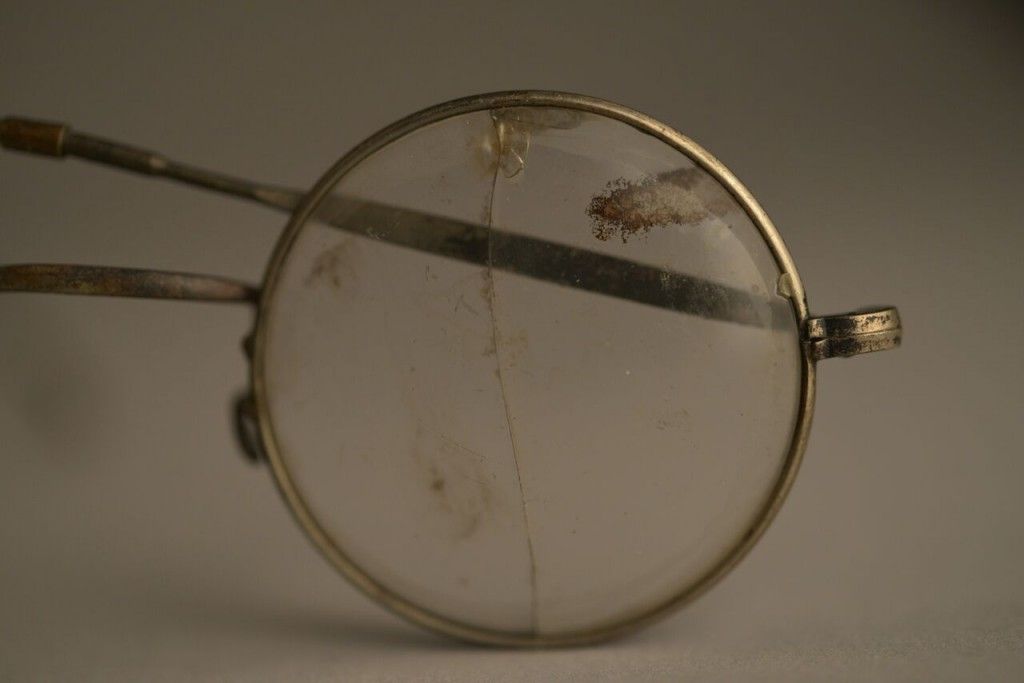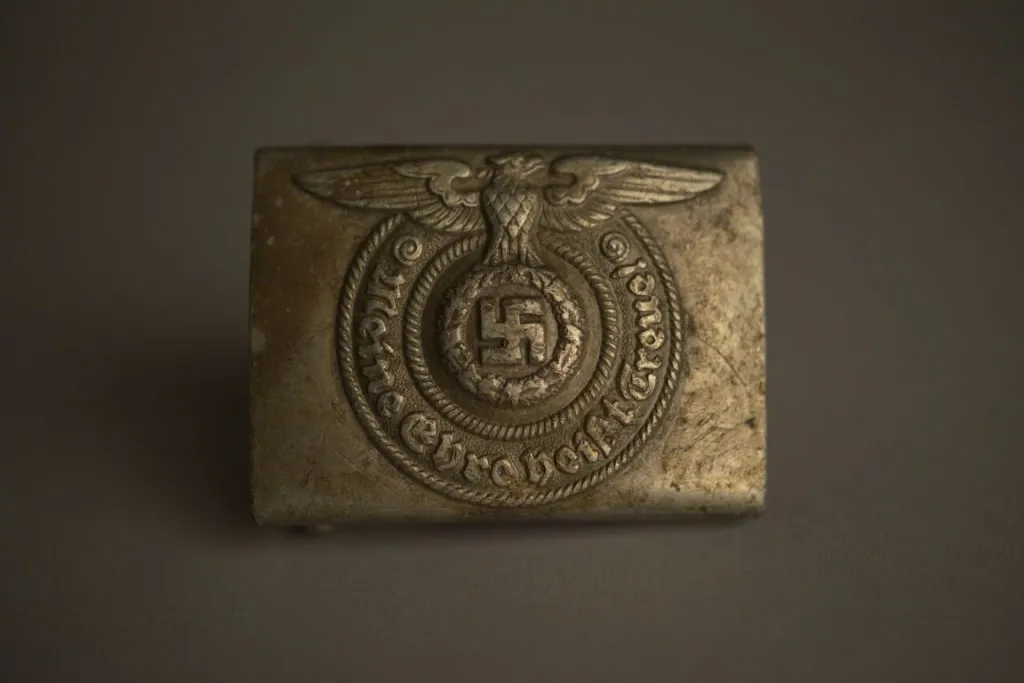Auschwitz Museum Announces First Traveling Exhibition of Artifacts
More than 1,150 objects make up the exhibition, which will travel to 14 cities in Europe and North America
In 2016, more than 2 million people visited the Auschwitz-Birkenau State Museum in Oświęcim, Poland. The museum and accompanying memorial, which occupy the site where the Nazis murdered approximately 1.1 million prisoners, preserve Auschwitz’s history through powerful exhibitions—display cases fill the blocks that once housed inmates and highlight everything from mounds of hair and shoes taken from gas chamber victims to suitcases seized upon deportees’ arrival. Until now, the only way to experience the horrors of Auschwitz was a visit to the historic site, but beginning this December, artifacts from the museum will reach a global audience.
Today, the museum announced its first international exhibition: Subtitled "Not long ago. Not far away,” it will feature more than 1,150 original artifacts. According to Joanna Berendt of the New York Times, the exhibition, a joint venture between the museum and Spanish company Musealia, was developed to address rising anti-Semitism in Europe and educate younger generations increasingly out of touch with the history of the Holocaust.
Director of the Auschwitz-Birkenau State Museum Piotr M. A. Cywiński says in a press release, “Nothing can replace a visit to the authentic site of the biggest crime of the twentieth century, but this exhibition, which people in many countries will have the opportunity to see, can become a great warning cry for us all against building the future on hatred, racism, anti-Semitism and bottomless contempt for another human being.”
Seven years in the making, the exhibit draws on artifacts from the museum’s collection, as well as loans from international institutions such as the United States Holocaust Memorial Museum in Washington, D.C., and the World Holocaust Remembrance Center in Jerusalem.
Items on display include camp barracks, a freight car representative of those used to deport Jews to camps and artifacts lent by survivors. Among these more personal artifacts is a blanket owned by Holocaust survivor Siegfried Fedrid. He says the single woolen blanket could keep himself and five others warm while in Dachau.
Musealia and museum officials hope taking the artifacts on the road will reach visitors who may never have the chance to visit Auschwitz in person. The scope of the traveling show certainly means it has the potential to reach millions—the exhibition launches in Madrid this December and will travel to seven European cities and seven North American cities over the next seven years.
/https://tf-cmsv2-smithsonianmag-media.s3.amazonaws.com/accounts/headshot/mellon.png)


/https://tf-cmsv2-smithsonianmag-media.s3.amazonaws.com/accounts/headshot/mellon.png)